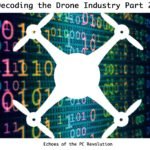Introduction to Drones
What are Drones?
Drones, commonly known as unmanned aerial vehicles (UAVs), are aircraft that operate without a pilot on board. These versatile machines can be controlled remotely or autonomously programmed to fly predetermined routes. Drones come in all shapes and sizes, from small consumer quadcopters that fit neatly in your backpack to large industrial models capable of carrying heavy payloads. What makes drones fascinating is their ability to capture aerial imagery, monitor environments, and even deliver goods. With applications ranging from leisure to commercial usage, the potential is only expanding. Here’s a quick look at what drones can offer:
- Photography and Videography: Capture stunning images or videos from unique perspectives.
- Surveillance and Security: Monitor areas safely and efficiently without putting human lives at risk.
- Delivery Services: As seen in companies like Amazon, drones can deliver packages directly to your doorstep.
- Agricultural Use: Monitor crop health, apply pesticides, and efficiently plan planting patterns.
Whether you’re an adventurer seeking breathtaking aerial shots or a business owner looking to optimize operations, drones have something for everyone!
History of Drones
The idea of flying vehicles without a pilot isn’t as modern as you might think. The history of drones can be traced back to military applications during World War I. The earliest form of UAVs were the “Kettering Bug” and the “Radioplane OQ-2,” both developed to help with surveillance and target practice. Here’s a brief timeline to showcase their evolution:
- 1916: The Kettering Bug, considered the first powered drone, was developed. It aimed to deliver bombs without risking pilot lives.
- 1939: The Radioplane OQ-2, created by inventor and actor Howard Hughes, became one of the first mass-produced drones.
- 1990s: The U.S. military’s use of drones expanded rapidly with the introduction of the Predator drone, which could carry out reconnaissance and targeted strikes.
- 2000s: With advancements in technology, commercial use of drones began to emerge. The Federal Aviation Administration (FAA) started to regulate their use, allowing enthusiasts to safely take to the skies.
Fast-forward to today, and we find drones embedded in our daily lives, from aerial photography to drone racing competitions. It’s exhilarating to think how far they’ve come and how much they continue to shape various industries. They aren’t simply gadgets; they are tools that unlock new possibilities, and the adventure continues!
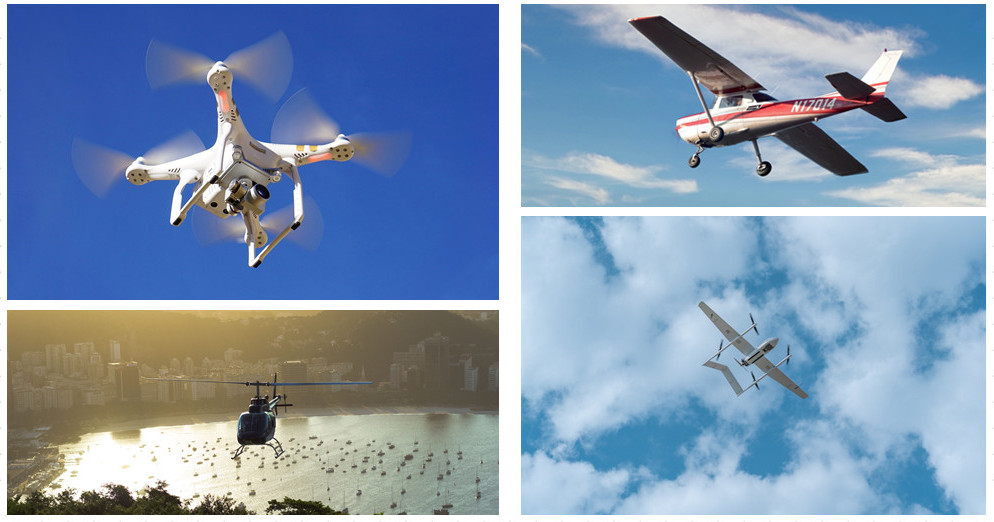
Types of Drones
Multirotor Drones
Multirotor drones are among the most popular types of drones available today, and for good reason! These drones typically feature multiple rotors—usually four (quadcopter), six (hexacopter), or eight (octocopter)—that allow for incredible stability and maneuverability. You’ve probably seen multirotors buzzing around your neighborhood, especially during family events or capturing wedding videos. Why Choose Multirotor Drones?
- Maneuverability: They excel in tight spaces, making them perfect for indoor flying or capturing shots in a crowded area.
- Hovering Capability: These drones can hover in place, allowing photographers to get steady shots from various angles.
- Ease of Use: With many models designed for beginners, you can get flying quickly, giving you more time to enjoy capturing memories.
Common Uses:
- Aerial Photography: Their stability makes them ideal for capturing stunning aerial shots.
- Real Estate: Agents use multirotor drones to showcase properties from above, providing potential buyers stunning views.
- Drone Racing: The agility of multirotors has led to the rise of this exciting sport, attracting enthusiasts worldwide.
Just imagine, it’s a sunny Saturday afternoon, and you decide to take your brand-new drone out for a spin. You have the perfect backdrop of mountains, and with a few simple controls, you capture breathtaking images that will surely light up your social media feeds!
Fixed-Wing Drones
On the other side of the spectrum are fixed-wing drones, which resemble traditional airplanes. These drones are designed for longer flights and can cover vast areas, thanks to their aerodynamic design. Benefits of Fixed-Wing Drones:
- Longer Flight Times: They can keep flying for hours compared to the shorter durations of multirotors, making them ideal for extensive surveillance and mapping.
- Higher Speed: Fixed-wing drones tend to travel faster and can cover larger distances, making them perfect for applications like agricultural monitoring.
- Efficiency: Their design allows for energy-efficient flight, enabling them to operate over significant territories without frequent recharging.
Ideal Use Cases:
- Surveying Land: Farmers and land surveyors utilize these drones for crop monitoring and environmental assessment.
- Delivery Services: Some companies are exploring fixed-wing drones for package delivery due to their long-range capabilities.
- Mapping: Geographers and researchers often rely on fixed-wing drones to create detailed maps of hard-to-reach areas.
Picture this: You join a team surveying a large agricultural field. Instead of trudging through the rows of crops, a fixed-wing drone zips overhead, capturing invaluable data that help optimize the farming process—how convenient is that? As you can see, both multirotor and fixed-wing drones serve unique purposes and are tailored to different needs. Understanding these types enables you to choose the right drone for your specific requirements, whether you’re a hobbyist or a professional!
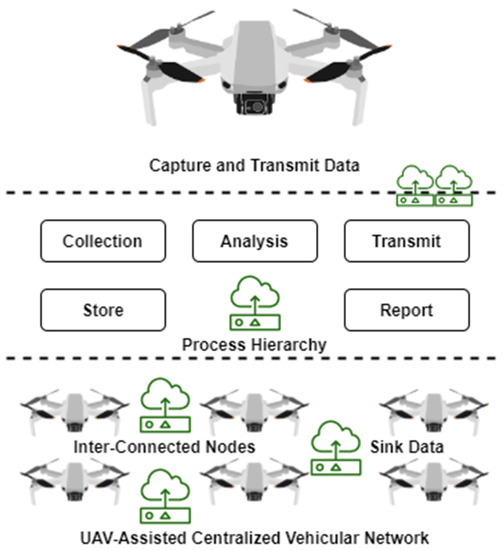
How Drones Work
Components of a Drone
Drones may look like high-tech flying toys, but they consist of several intricate components that work together to achieve seamless flight. Understanding these parts can enhance your appreciation and knowledge of how they function. Here’s a breakdown of the key components of a typical drone:
- Frame: The structural backbone that holds everything together. It can be made of various materials such as plastic, carbon fiber, or metal, depending on the drone’s design and purpose.
- Motors and Propellers: These are crucial for lift. Motors spin the propellers, creating thrust. More propellers generally enhance stability. For example, a quadcopter uses four propellers for balanced flight.
- Flight Controller: The brain of the drone! It processes data from sensors (like gyroscopes and accelerometers) to control the drone’s motions. It ensures stability and helps in navigating turns, climbs, and descents.
- Battery: Drones are powered by rechargeable lithium-polymer (LiPo) batteries. Battery life can vary widely based on the drone’s weight and intended use, often ranging from 10 to 30 minutes of flight time.
- Camera (if equipped): Many drones come with cameras for aerial photography and video. Some drones even have gimbals to stabilize the camera, allowing for smooth footage while flying.
Picture this; you’ve recently purchased a drone for capturing stunning landscapes. When you take it out for the first time, you marvel at how each of these components works together elegantly, allowing you to soar through the sky with ease!
Drone Navigation Systems
Navigating a drone might seem daunting at first, but various sophisticated navigation systems simplify the process significantly. These systems allow for autonomous flight or manual control, giving users flexibility based on their needs. Here are some key components of a drone’s navigation system:
- GPS: Most modern drones are equipped with Global Positioning System (GPS) technology, providing real-time location data. GPS allows drones to follow waypoints, return home safely, and maintain stable positioning.
- Inertial Measurement Unit (IMU): The IMU is crucial for determining a drone’s orientation and acceleration. It combines information from accelerometers, gyroscopes, and sometimes magnetometers to give the flight controller a complete view of the drone’s motion.
- Vision-based Navigation: Some advanced drones use cameras and computer vision algorithms for obstacle detection and navigation. This allows them to dodge obstacles autonomously, which is especially useful in complex environments.
- Remote Control Systems: You can control most drones through a remote controller that communicates with the drone via radio frequency (RF) signals. Some also support mobile apps that allow you to control the drone using your smartphone or tablet.
Imagine you’re at a scenic overlook, controlling your drone from your smartphone. With GPS, you set waypoints and watch as it effortlessly captures the majestic scenery, gliding above with precision and grace—what a thrill! Understanding how drones work, from their components to navigation systems, opens up a new world of possibilities. It empowers you to maximize their potential, whether for fun, work, or creative expression!

Applications of Drones
Agriculture
Drones have revolutionized agriculture, bringing a fresh approach to farm management and crop monitoring. These flying machines can survey large expanses of land quickly and efficiently, providing farmers with insights that were once time-consuming and labor-intensive to gather. Here are some key ways drones are utilized in agriculture:
- Crop Monitoring: Drones equipped with multispectral cameras can assess crop health by capturing data that is invisible to the naked eye. Farmers can detect nutrient deficiencies, pest infestations, and water stress swiftly.
- Precision Agriculture: With detailed aerial images, farmers can make informed decisions about fertilizer and pesticide applications. This precision leads to minimal waste and higher crop yields.
- Soil Analysis: Drones can survey fields to collect data on soil health. This information helps farmers understand soil conditions better and optimize planting strategies.
- Irrigation Management: Equipped with thermal sensors, drones can identify areas needing irrigation based on temperature and moisture data, ensuring more efficient water usage.
Imagine you’re a farmer pushing for greater efficiency and sustainability in your operations. You deploy a drone over your fields and discover a particular quadrant showing signs of water stress. This allows you to take immediate corrective action, ultimately saving you time and resources. With these technological advances, farmers can promote a healthier environment while boosting productivity!
Filmmaking
Drones have also transformed the world of filmmaking and photography, providing unique perspectives that were once only achievable through expensive rigs and helicopter shots. Whether for major motion pictures or personal projects, drone cinematography adds a special flair to visual storytelling. Consider the following benefits of using drones in filmmaking:
- Dynamic Aerial Shots: Drones can soar high above landscapes, capturing sweeping vistas and dramatic aerial views that help set the scene and heighten storytelling.
- Cinematic Quality: Many drones come equipped with high-definition cameras, allowing filmmakers to achieve impressive shots without the need for elaborate equipment.
- Cost-Effectiveness: Traditional methods of capturing aerial footage can be prohibitively expensive; drones offer an affordable alternative without sacrificing quality.
- Accessibility: Drones can navigate tight spaces and complex terrains, making them perfect for shooting in urban settings or difficult-to-reach locations.
Picture yourself on the set of an indie film, where your drone flies smoothly above the rolling hills, capturing breathtaking shots that would otherwise take an expensive helicopter to film. As the director reviews the footage, excitement builds; they can’t wait to incorporate these stunning aerial scenes into the final cut! In conclusion, drones have found a myriad of applications across various fields—agriculture is optimizing efficiency and productivity, while filmmakers are enhancing their storytelling capabilities. As technology continues to evolve, the possibilities seem endless, paving the way for even more innovative applications in the future!

Regulations and Laws
FAA Regulations
As drones soar in popularity, it’s crucial to be aware of the regulations governing their use. The Federal Aviation Administration (FAA) plays a vital role in ensuring drone safety and compliance in the United States. Understanding these regulations can prevent unnecessary fines and keep your flying experience enjoyable. Here are some key FAA regulations you should know:
- Registration: All drones weighing over 0.55 pounds (250 grams) must be registered with the FAA. Registration is straightforward and can be done online for a small fee. This step not only promotes accountability but also helps trace drones in case of incidents.
- Part 107 Certification: If you plan to use your drone for commercial purposes, obtaining a Part 107 Remote Pilot Certificate is necessary. This certification involves passing a written exam, ensuring you understand the rules governing commercial drone operations.
- Flight Restrictions: Drones cannot be flown in restricted airspace and must maintain a line-of-sight with the operator. Additionally, there are altitude restrictions; for example, the maximum altitude is generally 400 feet above ground level.
- Night Flying: Flying at night requires additional precautions, including equipping the drone with proper lighting. However, pilots with the Part 107 certification have more flexibility compared to hobbyists.
While regulations might seem like a hurdle, I can assure you that they exist to ensure safe flying for everyone. Last summer, while pursuing my passion for drone photography, I carefully followed these rules. This diligence kept my mind at ease, knowing I was flying safely and legally.
Privacy Concerns
As drones become more prevalent in society, privacy concerns have emerged as a critical issue. With the ability to capture high-definition images and videos from the sky, drones can inadvertently invade personal privacy, leading to debates about their use. Here are some common privacy concerns related to drones:
- Invasive Surveillance: Drones can easily hover over private property, leading to fears of unauthorized surveillance. It raises the question of where the line lies between legitimate drone use and privacy invasion.
- Data Collection: Drones equipped with cameras can gather data about individuals, homes, and movements. This data could be misused without consent, sparking worries about personal security.
- Legislation Gaps: Current laws regarding drones and privacy are still developing. While some states have begun to enact drone-specific privacy laws, there remains a patchwork of regulations across the country.
As a drone enthusiast, I always think about the impact of my flying on those around me. When I take my drone out for a shoot near a residential area, I make it a point to be respectful—keeping my distance and avoiding private spaces. It’s essential to strike a balance between enjoying this fantastic technology and respecting the privacy of others. In conclusion, understanding FAA regulations and being conscious of privacy concerns are vital for responsible drone operation. By staying informed and adhering to these guidelines, you can enjoy the thrill of flying while being a considerate and law-abiding operator!

Drone Technology Advancements
Autonomous Drones
The world of drones is evolving rapidly, and one of the most exciting advancements is the rise of autonomous drones. These drones can operate independently without direct human control, navigating through various environments using advanced algorithms and sensor technologies. Autonomous drones leverage artificial intelligence (AI) to make real-time decisions, allowing them to perform complex tasks seamlessly. Here’s what makes autonomous drones particularly noteworthy:
- Increased Efficiency: Autonomous drones optimize flight paths based on real-time data, meaning they can complete tasks more quickly and with minimal human intervention. This is advantageous for operations that require regular monitoring, like agricultural surveys.
- Applications in Various Industries: From agriculture to delivery services, autonomous drones are making waves. For instance, they can autonomously monitor large fields, identify areas needing attention, and even apply fertilizers or pesticides without requiring a pilot.
- Safety and Risk Reduction: By operating without direct human control, autonomous drones can take on high-risk missions such as search and rescue operations or disaster assessments in hazardous environments, improving overall safety.
Imagine you’re part of an environmental organization trying to monitor deforestation in a remote area. You deploy an autonomous drone that can scan vast territories, gather data, and report back without needing constant oversight. What a game-changer for data collection and conservation efforts!
Drone Swarms
Another revolutionary trend is the concept of drone swarms. A drone swarm comprises multiple drones that operate in unison to accomplish tasks more efficiently. Think of it as a mini-army of synchronized drones working together to tackle complex missions. Here are several noteworthy aspects of drone swarms:
- Cooperative Functionality: By using advanced algorithms for communication and coordination, drone swarms can dynamically adjust their operations based on their surroundings. This collective intelligence enables them to work together effectively.
- Applications in Various Fields: Industries are already exploring the potential of drone swarms in agriculture, disaster relief, and security. For example, during a wildfire, a swarm of drones can monitor the fire’s spread while relaying critical data to emergency response teams.
- Cost-Effectiveness and Versatility: Swarms can cover more ground compared to a single drone. This versatility proves invaluable for tasks that require extensive monitoring or surveying, leading to lower operational costs and quicker results.
Picture this: You’re overseeing a large event, and you deploy a swarm of drones that capture different angles of the festivities, providing breathtaking footage and live feeds from all directions. The excitement and energy captured by these synchronized flying machines is unmatched! In conclusion, advancements in autonomous drones and drone swarms are reshaping how industries utilize drone technology. These innovations pave the way for more efficient, safer, and cost-effective solutions, proving that the sky is truly becoming the limit for what drones can achieve!

Future of Drones
Delivery Drones
As technology continues to evolve, one of the most exciting prospects on the horizon for drones is their potential in the realm of delivery services. Imagine a world where packages arrive at your doorstep in mere minutes, all thanks to drones soaring above your neighborhood! Delivery drones are being hailed as the future of logistics. Here are some compelling reasons why:
- Speed and Efficiency: Drones can navigate urban environments and travel directly to their destination, avoiding traffic congestion and other delays often faced by traditional delivery vehicles. Within a few minutes, you could have your favorite snack or a last-minute gift delivered.
- Environmental Benefits: Drones are typically electric, and using them for deliveries can reduce carbon emissions compared to conventional delivery trucks. As more companies look to become eco-friendly, integrating drones into their logistics strategies could be a game-changer.
- Accessibility: Drones can reach remote or hard-to-access areas where conventional vehicles might struggle. Whether it’s delivering medicines to rural hospitals or essential supplies during emergencies, drones ensure help can get to those in need.
Picture yourself at home, eagerly awaiting an essential item you ordered online. As you hear a gentle humming outside, you look up to see a drone hovering with your package. How incredible would it be to watch it land smoothly on your porch, making the whole experience feel like something out of a sci-fi movie?
Urban Air Mobility
As delivery drones gain traction, another ambitious application is on the rise: urban air mobility (UAM). This concept revolves around using drones and other flying vehicles to transport people within urban areas, effectively alleviating ground traffic congestion. Here’s what’s exciting about urban air mobility:
- Reduced Traffic: By utilizing the airspace, aerial vehicles can reduce reliance on already overburdened road networks, helping mitigate traffic jams. Just imagine commuting to work without sitting in rush-hour gridlock—sounds appealing!
- Innovative Transportation Models: Large companies and startups alike are already working on electric vertical takeoff and landing (eVTOL) aircraft designed for short trips within cities. These vehicles may eventually become an everyday transport method, much like ride-sharing services today.
- Smart City Integration: Cities are beginning to plan for UAM as part of their smart city initiatives. By integrating drone ports and flight paths into urban infrastructure, cities can pave the way for a future where flying taxis become a reality.
Imagine stepping into an eVTOL aircraft that lifts off from a rooftop pad and whisks you across the city skyline in minutes. Not only would this be thrilling, but it would also revolutionize the way we think about commuting! In conclusion, the future of drones looks incredibly promising, from transforming delivery services to reshaping urban transportation. As advancements continue, we are on the brink of a new era that can streamline logistics and enhance urban living, ultimately making our lives easier, faster, and more connected. Who knows? One day, we might all be zipping around our cities in flying taxis!

Drone Safety Measures
Preventing Drone Accidents
As drone usage becomes increasingly common, safety measures have become essential to prevent accidents and ensure a smooth flying experience. Whether you’re a hobbyist or a professional pilot, prioritizing safety is crucial for protecting yourself, your drone, and others around you. Here are several strategies to help prevent drone accidents:
- Pre-Flight Checks: Before takeoff, inspect your drone thoroughly. Check the battery, propellers, and navigation systems to ensure everything is functioning correctly. I always run through a checklist to make sure I haven’t missed anything.
- Know the Airspace: Familiarize yourself with the regulations concerning where you can and cannot fly. Use apps that provide information about airspace restrictions and no-fly zones, such as airports and populated areas. Understanding your environment is critical!
- Maintain Line of Sight: Always keep your drone within visual line-of-sight. Flying beyond your line of sight can lead to disorientation and potential accidents. It’s easy to get caught up in the excitement of soaring high, but a quick glance around helps maintain situational awareness.
- Avoid Adverse Weather: Drones are not designed to withstand strong winds, rain, or extreme temperatures. Always check weather conditions before your flight. I learned this the hard way when a sudden gust of wind caught me off guard during a shoot!
By implementing these preventive measures, you can significantly reduce the risks associated with flying drones, enhancing both your safety and enjoyment.
Emergency Procedures
Even with the best precautions, emergencies can happen. Being prepared with a plan can help mitigate risks and ensure swift action should something go wrong. Familiarizing yourself with these emergency procedures can be a lifesaver. Here’s what you should keep in mind:
- Emergency Landing Protocols: Familiarize yourself with how to initiate a controlled emergency landing. Most drones are equipped with “return to home” features, but learning the manual landing technique can be beneficial.
- Loss of Signal or Control: Should your drone lose signal, remain calm. Most drones have built-in features that automatically guide them back to their launch point. However, it’s a good idea to practice regaining control and follow standard recovery protocols.
- Battery Failures: If you notice the battery running low sooner than expected, initiate a safe descent immediately. Always keep track of your battery life, and consider landing before reaching a critical level to avoid crashes.
- Incident Reporting: If an accident does occur, document it. Take notes, photos, and collect witness information, if applicable. Reporting incidents can help improve safety measures and contribute to responsible drone usage in the community.
For instance, I once experienced a sudden loss of signal while flying over a picturesque lake. I quickly activated the emergency landing protocol, controlling the descent just above the water’s surface. Luckily, my drone landed safely! In conclusion, practicing preventive measures and having clear emergency procedures can significantly enhance your safety as a drone pilot. By staying informed and prepared, you can enjoy the thrill of flying while minimizing risks, ensuring a positive experience for yourself and those around you. Happy flying!
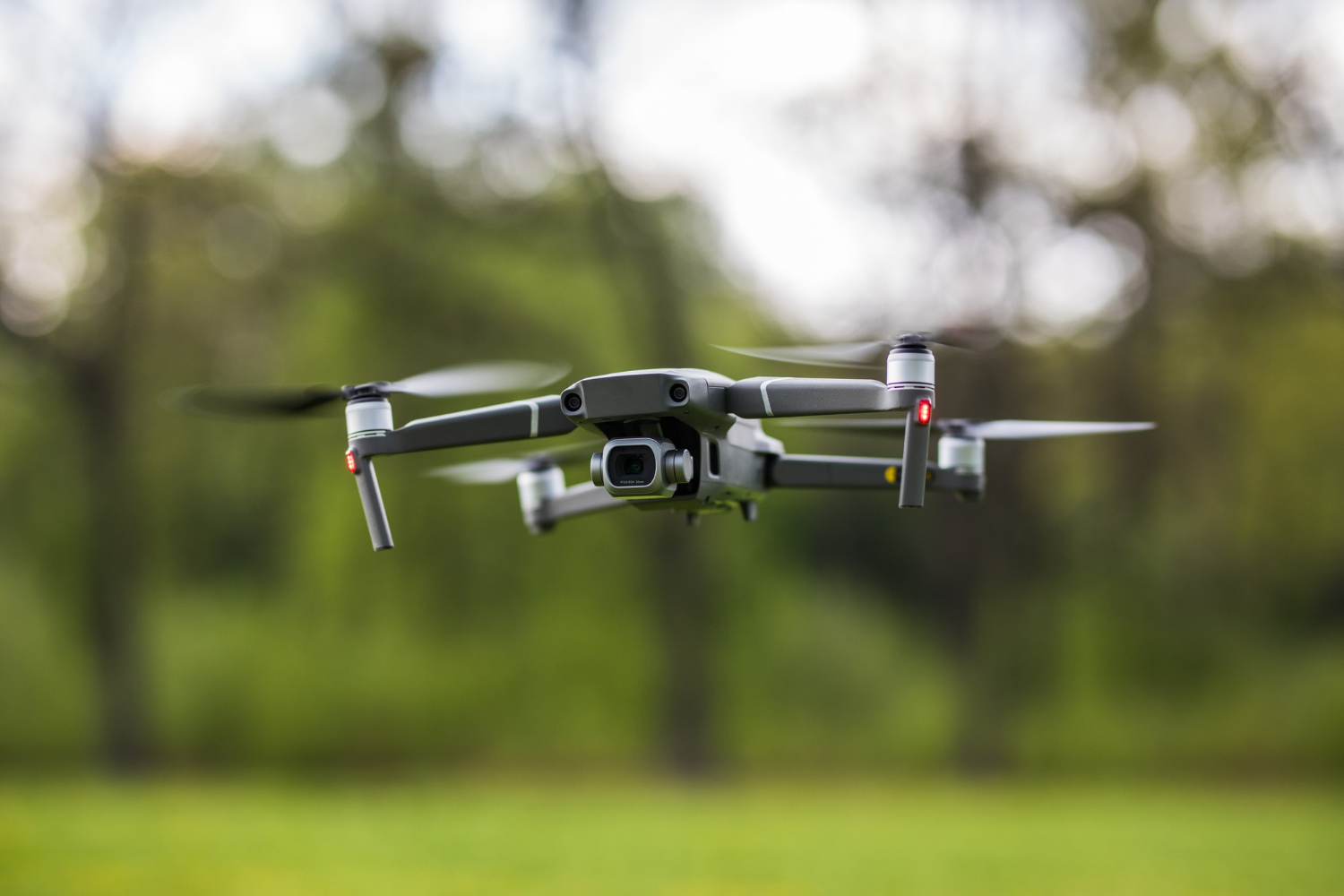
Environmental Impact of Drones
Wildlife Conservation Efforts
Drones are proving to be invaluable tools in wildlife conservation. As stewards of the environment, organizations are increasingly relying on drone technology to gather data and monitor ecosystems without disturbing wildlife. This innovative approach is truly changing the game for conservation efforts. Here’s how drones are making an impact in wildlife conservation:
- Monitoring Endangered Species: Drones equipped with high-resolution cameras can conduct aerial surveys of habitats to locate and track endangered species. For example, researchers can monitor the population and behaviors of animals like elephants or rhinos in remote areas without disturbing them.
- Habitat Mapping: Drones facilitate the mapping of crucial habitats, allowing conservationists to assess changes in ecosystems over time. With multispectral imagery, they can study vegetation health, which is critical for understanding species interactions and habitat quality.
- Anti-Poaching Efforts: Equipped with thermal imaging, drones can traverse vast areas, identifying poachers and alerting rangers quickly. I once volunteered with a conservation organization where drones helped us monitor a protected area. The real-time footage provided by drones led to quicker interventions that ultimately deterred illegal activities.
- Assessing Natural Disasters: Drones assist in evaluating the effects of wildfires, floods, or hurricanes on wildlife habitats. This data can be crucial for developing restoration plans and allocating resources effectively.
By integrating drones into their conservation strategies, organizations are finding innovative ways to monitor and protect wildlife while minimizing human impact.
Carbon Emissions
On the flip side, while drones can offer environmental benefits, it’s essential to consider their carbon footprint. As with any technology, the environmental impact of drones depends on how they are used and their overall design. Here are a few considerations regarding drones and carbon emissions:
- Efficiency Compared to Traditional Vehicles: Drones, especially electric ones, tend to have a lower carbon footprint than traditional vehicles used for similar tasks (like surveying or delivering goods). For instance, using drones for agricultural monitoring can reduce the need for gas-guzzling tractors and vehicles patrolling large areas.
- Battery Manufacturing and Disposal: The production of drone batteries, particularly lithium-ion batteries, can result in significant environmental impact. Additionally, improper disposal of these batteries can contribute to pollution. The industry is increasingly seeking ways to create more sustainable battery materials.
- Energy Consumption: While drones generally consume less energy than larger vehicles, flights can still add up, especially with operations requiring multiple drones. Organizations are now looking into ways to incorporate renewable energy sources, such as solar or wind, to power drone operations.
Reflecting on my own experiences, I recently participated in a drone mapping project for a local park. While we were reducing our carbon footprint compared to traditional methods, I made sure to recycle any used batteries properly, keeping sustainability at the forefront of my efforts. In conclusion, drones are making significant strides in wildlife conservation, providing effective solutions while minimizing direct human impact on the environment. However, it’s crucial to remain aware of their carbon footprint and ensure we implement sustainable practices across the industry. By embracing drones thoughtfully, we can work towards a more sustainable future for our planet.
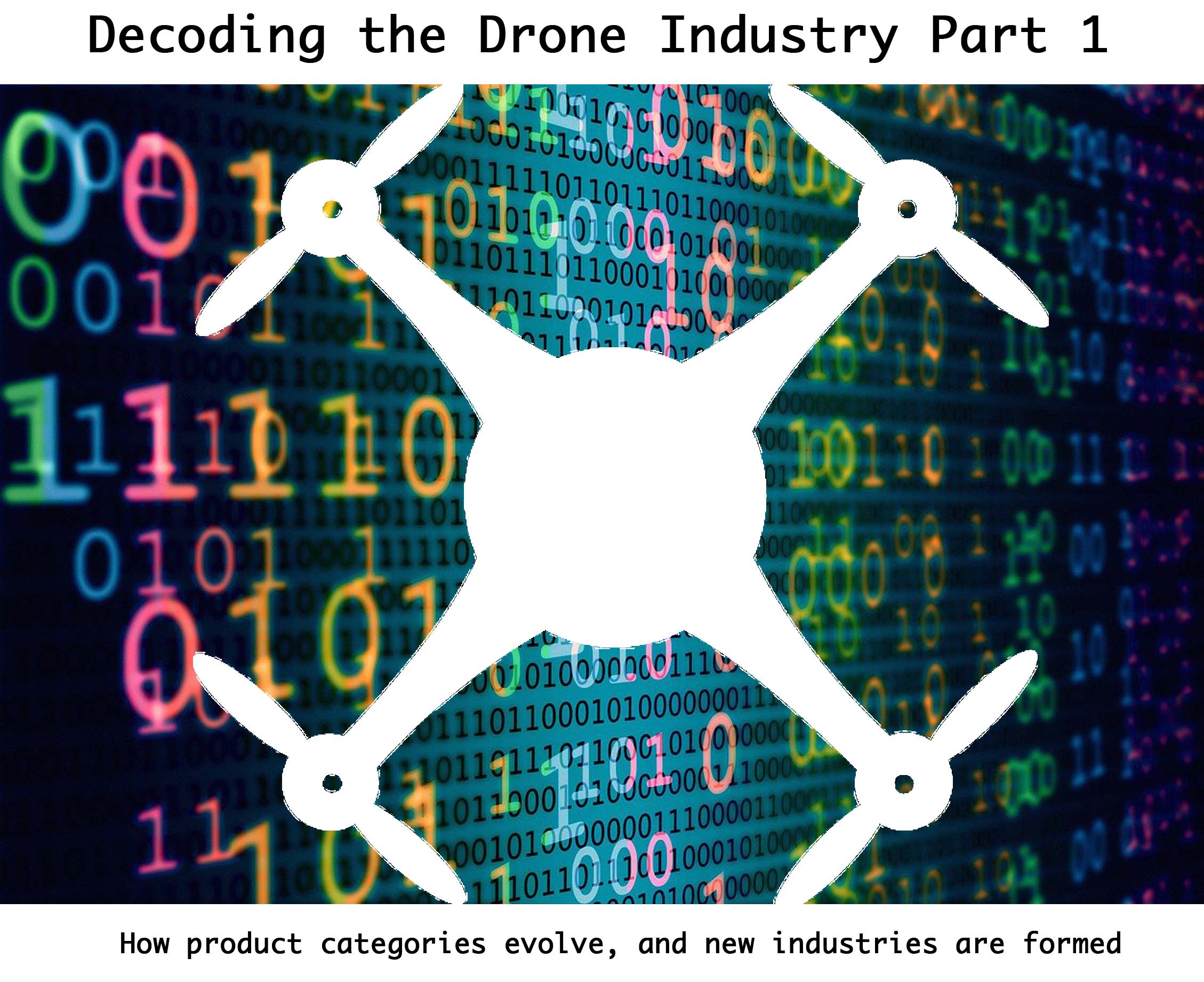
Buying Guide for Drones
Budget-Friendly Drones
If you’re just starting in the world of drones or looking for an affordable option, you don’t have to sacrifice quality for price. Budget-friendly drones are available that offer a range of features without breaking the bank. These drones are perfect for beginners who want to explore the skies without a hefty investment. Here are some top considerations when shopping for budget-friendly drones:
- Price Range: Generally, you can find decent drones for anywhere between $50 to $300. Within this range, you’ll find models that are user-friendly and great for learning.
- Camera Quality: Many budget drones come equipped with basic cameras, perfect for casual photography and videography. Don’t expect the highest resolution, but you’ll still capture fun moments!
- Flight Time: Most budget drones offer flight times ranging from 5 to 15 minutes. Consider carrying extra batteries to extend your flying experience.
- Durability: Look for drones that are made from durable materials, as beginners may experience crashes. Drones with protective frames can minimize damage during learning.
Popular Budget-Friendly Models:
- Holy Stone HS210: Compact and easy to use, this drone is great for kids and beginners, featuring a simple control system and decent flight time.
- Snaptain SP350: Equipped with a 720P HD camera, this drone provides a stable flying experience and comes with features like headless mode, making it user-friendly for novices.
I vividly remember my first drone—a modest little model that helped me learn the ropes without too much investment. Its durability and ease of use made every crash a learning opportunity rather than a disaster!
High-End Drone Options
For those who are serious about aerial photography, videography, or professional applications, high-end drones are worth considering. These drones come equipped with advanced technology and superior features that elevate your flying experience. Here’s what to look for when searching for high-end drones:
- Camera Quality: Expect stunning 4K or even 6K video quality with high-performance cameras. Many high-end drones come with gimbals for stabilization, ensuring smooth footage.
- Advanced Features: High-end drones often include smart features like obstacle avoidance, GPS tracking, and various flight modes. Features like follow-me mode allow the drone to autonomously track you, which is great for adventure sports!
- Extended Flight Time: Most premium drones offer flight times ranging from 20 to 40+ minutes. This extended battery life allows you to capture more content on a single charge.
- Robust Design: High-end drones are designed to handle various weather conditions and rough terrains, making them reliable for professional assignments.
Popular High-End Models:
- DJI Air 2S: Renowned for its exceptional camera capabilities and intelligent features, this drone is perfect for professional photographers and content creators.
- Autel Robotics EVO Lite+: Offering a potent camera and impressive flight capabilities, this drone is a great choice for serious drone enthusiasts.
I recall the thrill of investing in my first high-end drone. The quality of photos and videos it produced was remarkable, and the added features made my shoots effortless. It opened a world of possibilities for professional creation, setting the stage for my growth in the field. In conclusion, whether you’re a beginner on a budget or a seasoned professional seeking high-end equipment, there’s a drone out there for you. By evaluating your needs and exploring various options, you can find the perfect drone to elevate your flying experience and explore the world from a new perspective!



